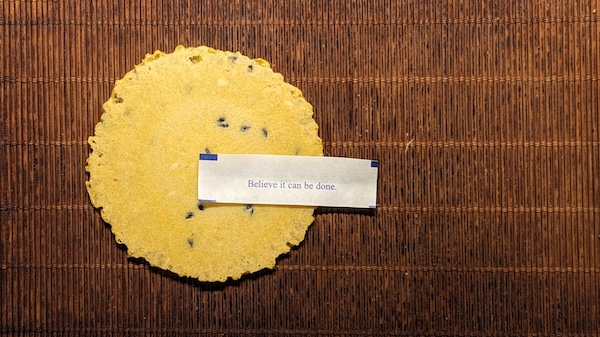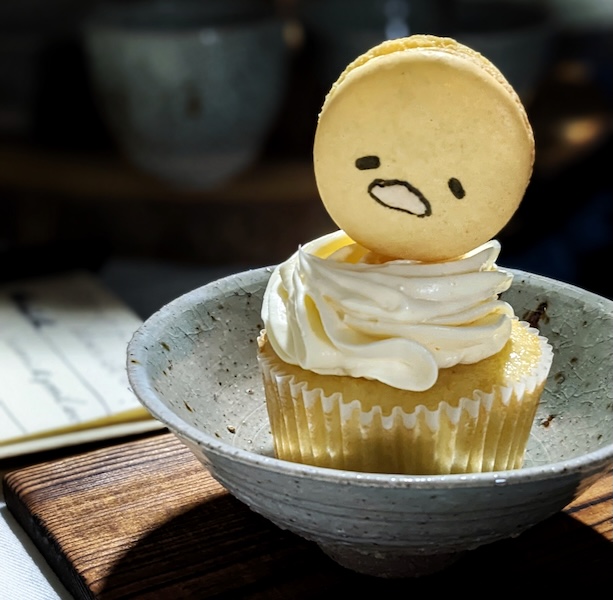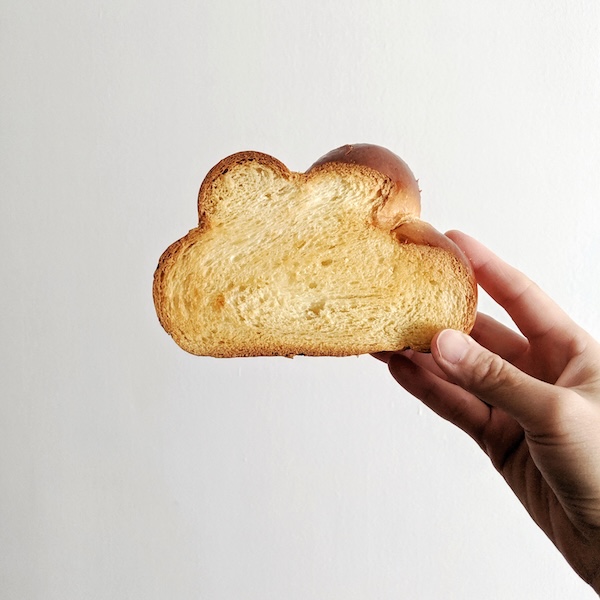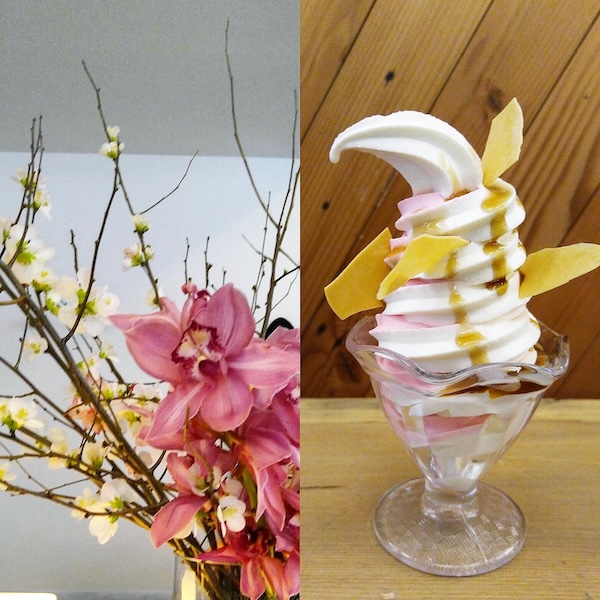No one knows about, nor cares about, the delight of a stale fortune cookie. Until today!
Sultry summer days are the perfect time to unwrap everything:
Shed the clothing
Cast off your cares, and
Unwrap those fortune cookies.
When the crispy fortune cookie is left out, it absorbs moisture, goes stale, and becomes soft. In this pliable state, it can be unfolded back to a flat, perfect circle. *Fun!* It feels like unfolding origami, which is a clue to its dark origin story of becoming an iconic Chinese American food item.
In Japan, they have been tucking fortune papers into folded crackers since the Edo period (1603-1868). They are called tsujiura senbei or omikuji senbei and are still made in Japan today.
In the 1860s, Japanese immigrants began settling in California. When the Chinese Exclusion Act was passed in 1882, it halted Chinese immigration into the USA for 10 years. Then, the Geary Act extended this ban for 10 more years. Even though Americans blamed the Chinese for stealing their jobs and lowering wages, when the Chinese labor pool diminished, it was not filled by Americans. Instead, Japanese immigrants filled the gap.
During this time Americans were not excited to eat raw fish. Instead of opening sushi restaurants, the Japanese opened up Chinese restaurants to appeal to their customer base. For dessert, they sourced their own tsujiura senbei fortune cookies from nearby Japanese bakeries. (So…Chinese people weren’t welcomed but people still liked their food. Same old story 🙄…but I digress)
During WWII, Japanese Americans were sent to internment camps and forced to abandon their homes and businesses. Just ugly moments after ugly moments in history, but people are resilient, and so is the fortune cookie. By now, Chinese immigration had resumed and Chinese Americans stepped up to fill the void. Chinese entrepreneurs thrived. They ran Chinese restaurants and kept the fortune cookie for dessert. They took over the manufacture of these Japanese cookies and evolved them from miso/soy flavored into the sweet cookie we know today.
Fortune cookies are a complete Asian Fusion American survival story, and that origami-like fold will always represent this cookie’s Japanese origin.



